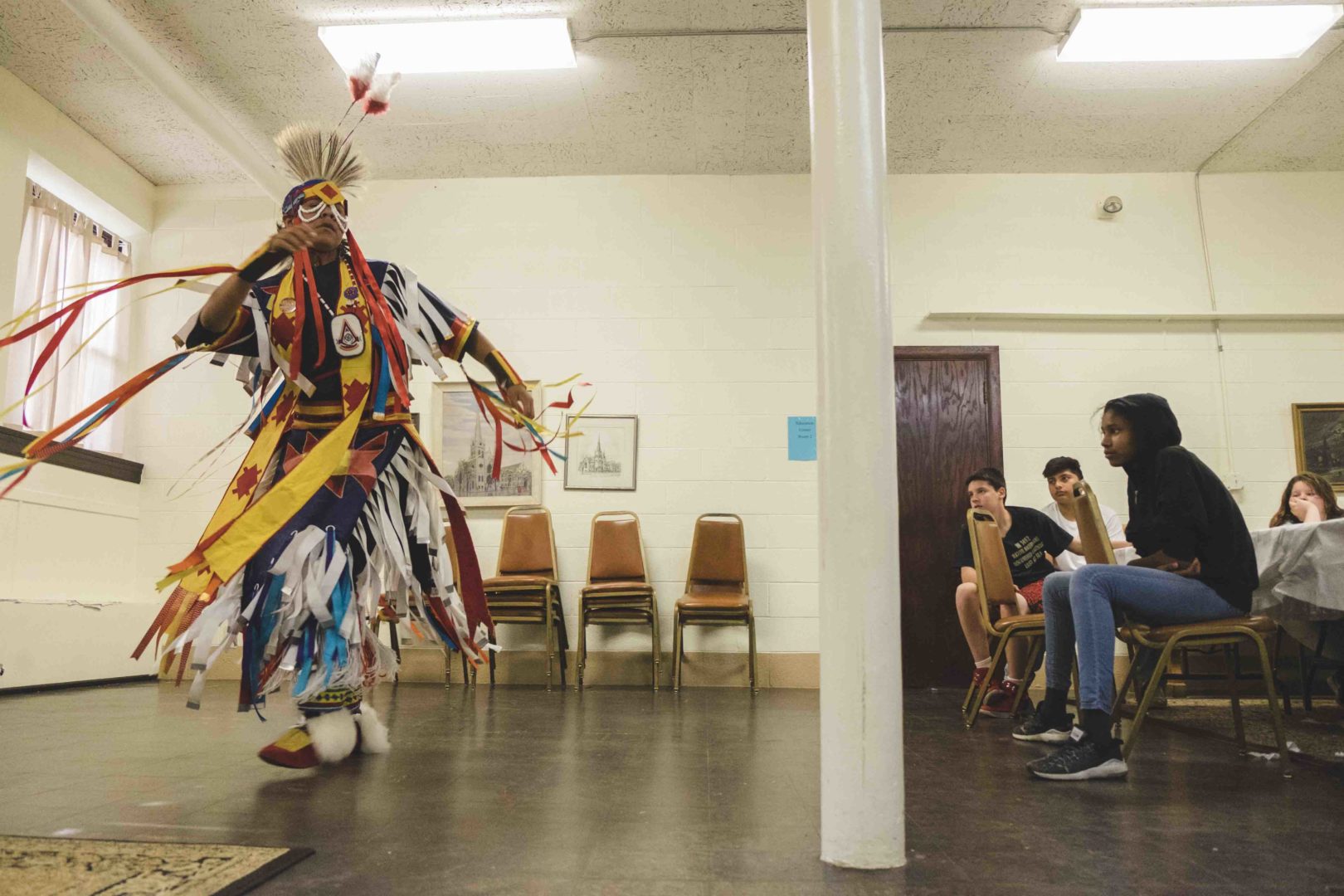Most American Indians live outside of reservations. In Chicago—where many feel invisible and disconnected from their community—a woman-led organization is reconnecting American Indian youth to their roots.
Story and photos by Pat Nabong
In the dim basement of Ebenezer Lutheran Church in Chicago, the sound of drumming reverberates against the paint-peeled walls. Nine children pound their palms against a table, singing, “Twinkle, twinkle little star. How I wonder what you are.” After a few beats, they follow with the vocables, “Weya weya huweya heya” as they chant to a rendition by the Black Lodge Singers.
Such is the weekly Tuesday scene at one of the few K-12 after-school programs in Chicago that caters to American Indian youth. Founded in 2007, Native Scholars is a project of the American Indian Association of Illinois (AIAI), a volunteer-run organization that promotes education anchored on “tribal values.”
“The goals of the program are to help American Indian children excel in school and teach them about their American Indian history, heritage, culture, languages and arts,” says Dorene Wiese, the AIAI president and White Earth Band of Ojibwe member. In cities like Chicago, away from reservations, many American Indians feel like they are invisible and have fewer opportunities to learn about their culture. Native Scholars seeks to create a community and give children a sense of their American Indian identity.
“If we don’t, it gets lost in the process,” says Kelly Summers, a Menominee and Zuni tutor at Native Scholars.
IDENTITY AND VISIBILITY
Chicago was home to the Miami, Potawatomi and Illinois tribes long before it was colonized by Europeans. More American Indians from different tribes migrated to Chicago in the 1950s because of the federal government’s Urban Indian Relocation Program, according to the Encyclopedia of Chicago. There are an estimated 7,818 Chicagoans who identify as American Indians and Alaska Natives, according to the 2016 U.S. Census Bureau’s American Community Survey.
Yet some feel that American Indians remain largely invisible in a city that prides itself on its diversity.
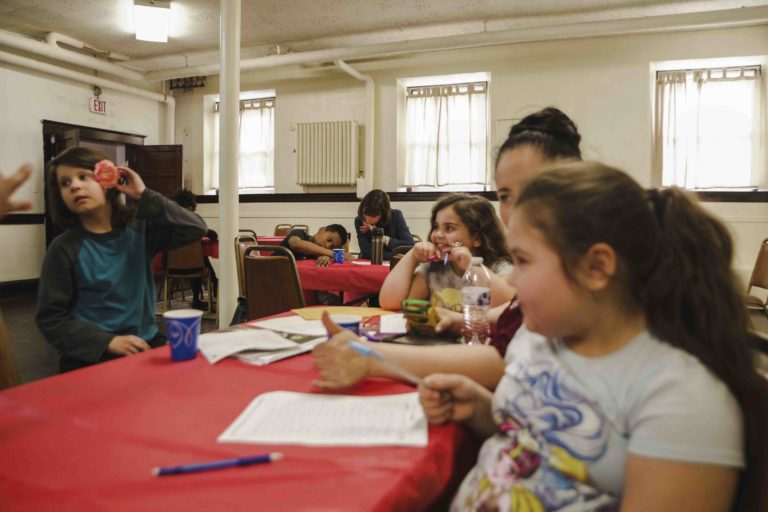
“The only time you knew there were Natives [in Chicago] was when there was a powwow or a funeral,” says Eugene Ortiz, a tutor at Native Scholars. American Indians remain unnoticed and are mistaken for other races unless non-natives see feathers on their heads, says Ortiz. “Here in Chicago, they don’t know what we are. All they see are the colors of your skin and they think you’re Latino… white, black, Latin—that’s all they see.”
To increase American Indians’ visibility in the city, Native Scholars is giving the youth a sense of their tribal identities. Students at Native Scholars are part of the Ho-Chunk, Menominee, Navajo, Lakota and Ojibwe tribes. The tutors are Navajo, Zuni, Menominee, Oneida and Ho-Chunk. Because tribes have distinct cultures and identities, tutors research tribes’ respective histories and cultures, which they then teach. At Native Scholars, part of the two-hour session is dedicated to exercising and helping students with homework. When assignments are completed, tutors teach children how to bead and sing songs in their native language. Children have also made Menominee baskets, read about their histories and tried their hand at Navajo pottery.
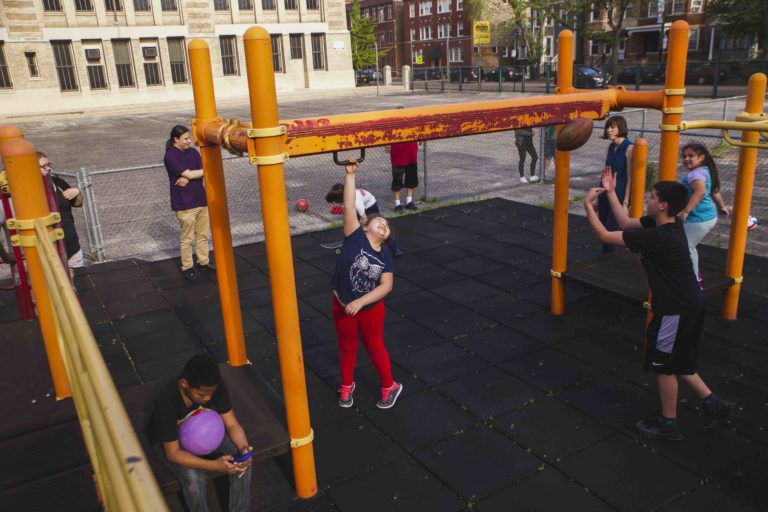
During one of the sessions, Melanie Cloud, the director of Native Scholars, distributes copies of Indian Shoes, a short story about a Seminole-Cherokee boy who grew up in Chicago and in rural Oklahoma. Ten-year-old Eric Cloud, Cloud’s son whose wavy hair falls just at the base of his neck, reads aloud a passage where the character has his hair cut—an act that, for some, brings back memories of the boarding school era where teachers tried to eradicate American Indian culture.
ASSIMILATION AND ABUSE
From the 1860s to the 1920s, in an attempt to assimilate American Indians, the federal government mandated the enrollment of American Indians in boarding schools, according to the American Indian Relief Council. Operated by the government and churches, around 100 schools were built on and off reservations.
In boarding schools, native customs and beliefs were eradicated in the name of education. Long hair, which symbolized spiritual vitality for many American Indians, was chopped off; coats took the place of breechcloths; English replaced native languages and Christianity erased tribal cultural practices. Many reported being abused in boarding schools, and the memories of the boarding school era have been passed down from generation to generation. Summers even remembers her father’s experiences—whenever he spoke his Zuni language, teachers scrubbed his mouth with soap.
Captain Richard Henry Pratt, founder of one of the first boarding schools, believed, “Kill the Indian but save the man.” In many ways, Native Scholars is trying to revive and empower those that the boarding school killed.
REVIVING THEIR ROOTS
“A lot of the kids have known that they are Indian, but that’s as far as they know,” says Summers, who has been teaching at Native Scholars for more than three years. “We try to give them a sense of each tribe so that when they go to school, they can actually have an opinion.”
Melissa Vidana—mother of Cecilia and Bella Perez, who have been attending the program for several years now—says she didn’t have the kind of education Native Scholars offers when she was young. Vidana and her mom, both Ojibwe, moved from Minnesota to Chicago in search of more opportunities. But it also meant having to leave a part of her past behind. “I’m just glad that they have the opportunity to learn about their culture.”
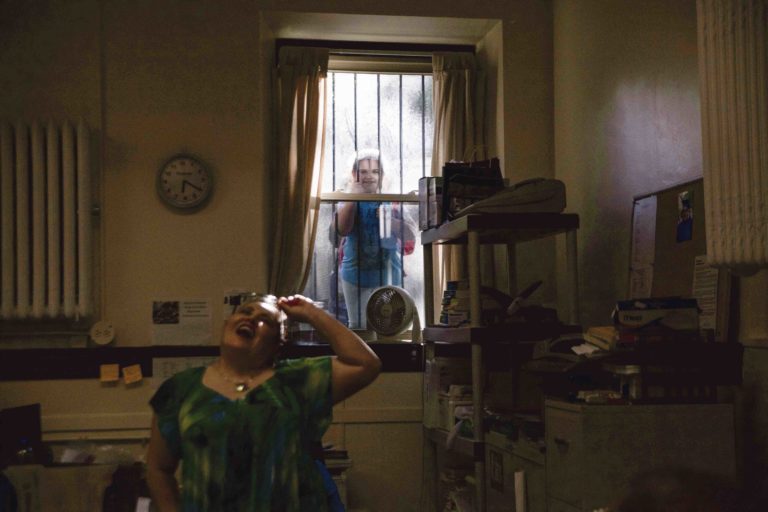
But teaching American Indian history and culture is harder outside reservations where a majority of American Indians live, says Summers, who lived between the orange rocks of the Zuni Indian Reservation in New Mexico and the skyscrapers of Chicago.
“[In the reservation] you are taught your native language. You automatically grow up in the traditional way,” says Summers, who calls herself the best bead maker in Illinois. When she was eight, her father taught her how to make Zuni beadwork. Soon after, she grew fond of regalia and wanted to learn how to make them herself. Finding mentors in the reservation was as easy as approaching her father’s friends or elders who lived a few houses away. “[Reservations are] like their own little communities in each other,” says Summers. “Families are more close-knit.”
SUPPORT AND SUCCESS
That close sense of community, which made it easier for Summers to remain connected to her roots, is more difficult to cultivate in cities.
“If they want to dance, or if they want to learn how to sing, who are they going to go to if you’re not willing to teach them—if you’re not willing to come together as a community?” says Summers. That’s what Native Scholars is trying to sustain. Sense of community goes a long way, according to Summers, and it even helps children succeed in school.
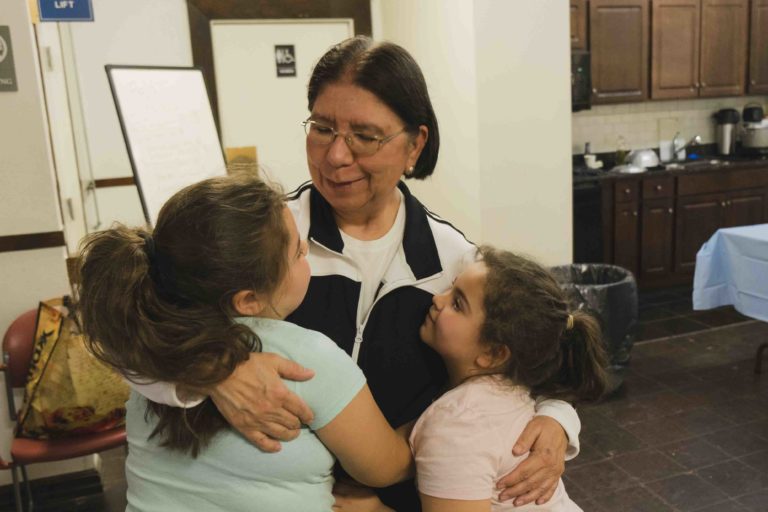
The program also aims to curb the dropout rate of American Indian students, which is the highest among all ethnic groups nationwide. In Chicago, American Indians in grades nine through 12 had a 22.3 percent dropout rate in 2016, according to Chicago Public Schools’ 2016 data. In the past eight years, students at Native Scholars only failed two subjects, and none have been held back a grade level, according to Wiese.
“One time Melanie made me read an Indian education book,” says Cecilia Perez, who is lounging on a chair as Melanie Cloud distributes cookies—an end-of-the-day ritual at Native Scholars. Perez is recounting what she’s learned so far from the program. “I read the whole thing without help. It talked about Indians, and the Indians had to find a way to help the Indians, so the Indians created these new things. And they made America,” she says nonchalantly. She jumps off her chair and gets her share of cookies.
Before leaving, Cecilia Perez runs to Eric Cloud, who embraces her and her sister, Bella Perez. Cloud says, “They all are my family.” With cookies in their hands, they exit the door, knowing that they not only have a community at Native Scholars, but also a family.

Pat Nabong is a Filipina visual journalist who’s committed to amplifying voices and covering under-reported social justice issues. She was one of Pulitzer Center’s 2017 student fellows and worked as a fellow for the Medill Justice Project, an award-winning investigative journalism organization. She earned her master’s degree in journalism at Northwestern University’s Medill School of Journalism. She is based in Chicago. Follow her on Instagram @patnabong and Twitter @pat_nabong. Learn more on her website.

